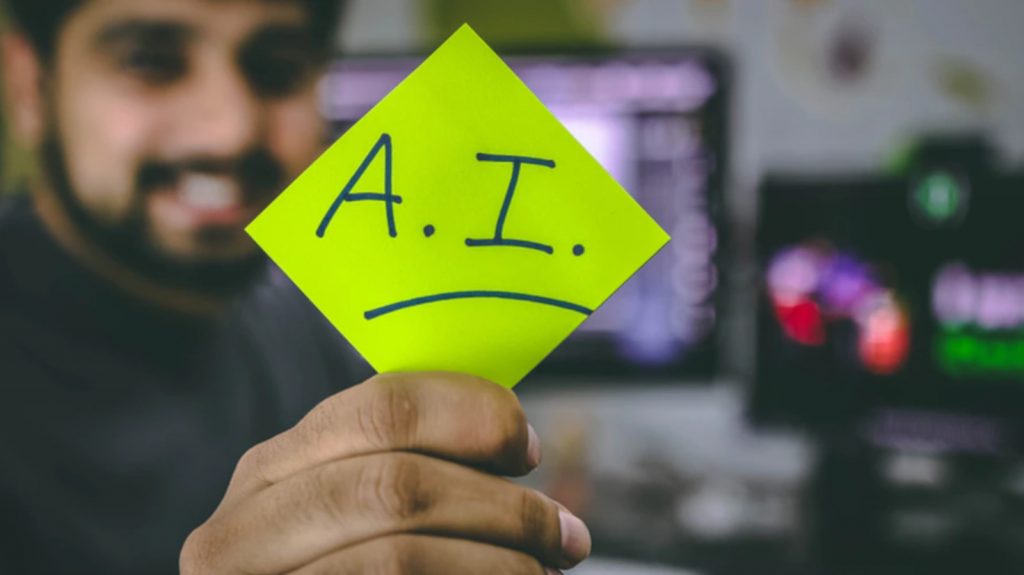There’s been a lot of hoo-ha recently about whether an artificial intelligence (AI) system can be listed as an inventor on a patent application.
It is an interesting debate that was ignited by academics from the University of Surrey filing for patent applications for two inventions listing the Dabus System as the inventor (here if you missed it).
No ad to show here.
The debate centres around so-called “inventive AI” and how this challenges existing patent systems. But AI is challenging the patent system from another perspective too.
About 340 000 patent applications for AI-related inventions have been filed to-date
“AI inventions” are inventions made by humans that use artificial intelligence to solve problems ranging from how to buy a pair of pyjamas using a virtual assistant through to improving efficiencies in metal refineries.
The challenges presented by these inventions to the patent system are mainly legal ones such as subject matter eligibility, sufficiency of disclosure and non-obviousness, which will excite only your patent attorney.
Yet despite these challenges, according to a recent report (opens as PDF) by the World Intellectual Property Organisation (Wipo), about 340 000 patent applications for AI-related inventions have been filed to-date.
Computer vision is the most popular functional application of AI (49% of all AI-related patents), with natural language processing and speech processing claiming second and third place (14% and 13% of all AI-related patents, respectively). It is said that we are currently experiencing the third AI boom.
So, if you are active and innovating in this field, what can you look for in deciding whether to pursue patents for your AI invention?
Generally speaking, there must be more than just the application of a known algorithm to a particular problem.
For example using an existing library to solve a problem in a new way would not be a patentable invention. An AI-related invention must also be more than a straightforward application of an algorithm and there must also be some form of “technical effect” (read more here).
Perhaps the oldest example of an algorithm providing a technical effect can be found in a European Patent Office decision from 1987 which involved an X-ray apparatus having a number of X-ray tubes.
The tubes are controlled by an algorithm executed by a computer to achieve optimum exposure combined with adequate protection against overloading of the tubes.
The technical effect of this algorithm on the X-ray apparatus is that tubes of the X-ray apparatus last longer. In other words, the algorithm has a useful result in the physical world.
Another example can be found in a US patent granted to Lam Research in 2018, which relates to improvements in the use of plasma for processing substrates (such as wafers or flat panels) to form electronic products.
The invention particularly addresses the complexity of tuning plasma reactors during processing to achieve and maintain desired processing performance over time as the plasma reactor experiences physical changes.
The solution involves processing machine learning to make adjustments to desired processing state values to produce adjusted desired processing state values based on verification feedback received from selected feedback metrics.
The vector can then be transformed into adjustments to settings for tuning knobs of the plasma reactor to shift the current processing to the desired processing state.
Here, a technical effect is provided by the computer-implemented algorithm in the form of an improvement to a manufacturing process which results in a reduction in down-time of a plasma reactor.
Physical world effects
Common to these two examples is the relevant algorithm having an effect in the physical world.
In the case of the X-ray apparatus, tubes last longer. For the plasma reactors, down-time of the plasma reactor is reduced.
Other examples of physical world effects include improving production output, reducing manufacturing defects and improving processing time or efficiency in executing the algorithm (which would include modifications to reduce computing resources required to execute an algorithm).
So, innovators in the field of AI looking to take advantage of patents (see here for some reasons to pursue patents) can do so for solutions that:
- Involve an interesting or unconventional use of AI to solve a particular problem in technology
- Have some impact on the physical world that was previously not achievable.
Deciding whether or not your innovations in AI are patentable is by no means an easy task. But if you find yourself at the forefront of your industry by using algorithms to solve problems in the physical world, you may well be in possession of a patentable invention.
Read more: What software is eligible for a patent? Three examples explain what to look for
Read more: 4 reasons why your startup needs a patent
Featured image: Hitesh Choudhary via Unsplash
